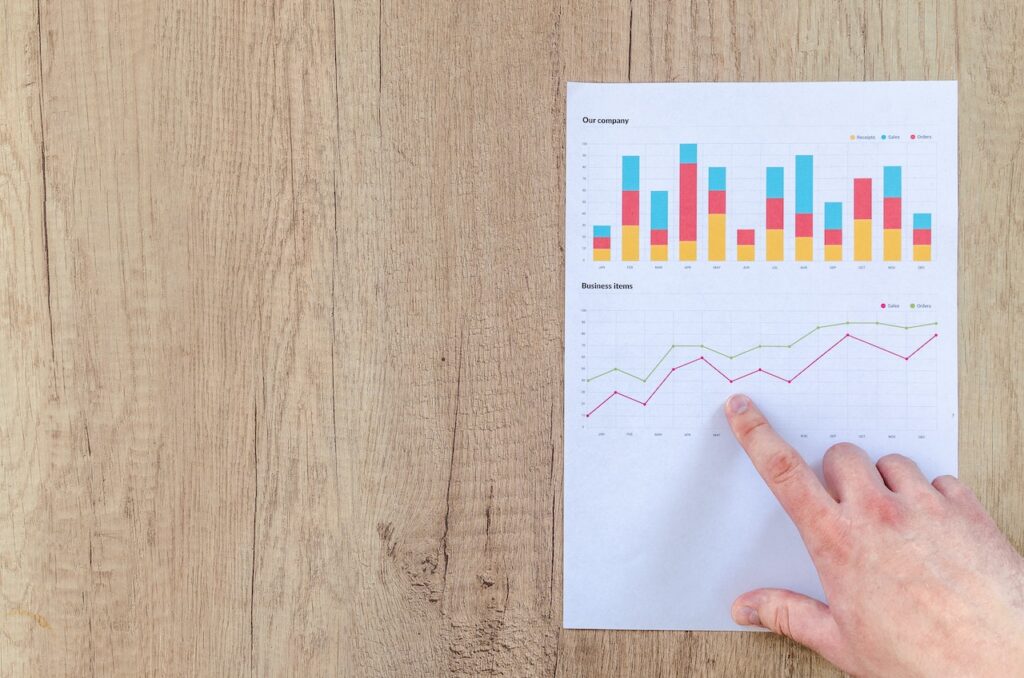What Is a Balance Sheet? A Simple Explanation for Small Business Owners
Discover the fundamental aspects of a balance sheet – a financial statement that unveils a company’s assets, liabilities, and equity – and gain insights into its significance for assessing financial health, liquidity, and business valuation.
Elevate Your Business with Legal Nest: Bookkeeping Perfected, Business Thriving

What Is a Balance Sheet? A Simple Explanation for Small Business Owners
Discover the fundamental aspects of a balance sheet – a financial statement that unveils a company’s assets, liabilities, and equity – and gain insights into its significance for assessing financial health, liquidity, and business valuation.
Elevate Your Business with Legal Nest: Bookkeeping Perfected, Business Thriving

What Is a Balance Sheet? A Simple Explanation for Small Business Owners
Discover the fundamental aspects of a balance sheet – a financial statement that unveils a company’s assets, liabilities, and equity – and gain insights into its significance for assessing financial health, liquidity, and business valuation.
Elevate Your Business with Legal Nest: Bookkeeping Perfected, Business Thriving
Introduction
Firstly, the balance sheet is an important document that provides a snapshot of a company’s financial position at a specific point in time. However, for individuals unfamiliar with accounting, the balance sheet might appear confusing. In reality, it’s a powerful tool that uncovers the financial structure of a business. Therefore, in this article, we will unravel the mystery of the balance sheet and explore its components and significance.
Defining the Balance Sheet
A balance sheet, also referred to as a statement of financial position, is a financial statement. Specifically, it presents a summary of a company’s assets, liabilities, and shareholder’s equity at a given moment. To clarify, the name “balance sheet” reflects the fundamental accounting principle that assets must always equal liabilities plus equity.
Components of a Balance Sheet
Assets: Assets includes everything a company owns that has economic value. For example, assets involve cash, accounts receivable, inventory, equipment, property, and investments.
Liabilities: Liabilities represent a company’s obligations or debts. They include accounts payable, loans, mortgages, as well as other debts owed to external parties.
Equity: Equity, often referred to as owner’s equity or shareholder’s equity, represents the residual interest in the assets after deducting liabilities. Basically, it’s the ownership claim on the company’s assets.
Understanding the Balance Sheet’s Equation
The fundamental equation of the balance sheet is:
Assets = Liabilities + Equity
Example
For example, let’s assume you have a small business, and you want to determine the total assets of your company as of a specific date.
Firstly, gather the necessary financial information, such as your company’s balance sheet. The balance sheet will provide you with the values of liabilities and equity as of the date you’re interested in.
Then, identify the values of your liabilities and equity from the balance sheet. These values should be recorded as of the specific date you’re examining.
Use the equation “Assets = Liabilities + Equity” to calculate the total assets. Simply add the total liabilities and total equity.
Here’s a numerical example:
- Liabilities as of December 31, 2022: $50,000
- Equity as of December 31, 2022: $75,000
Assets = $50,000 (Liabilities) + $75,000 (Equity) Assets = $125,000
So, as of December 31, 2022, the total assets of your small business amount to $125,000.
This equation is essential in financial reporting and analysis as it shows the relationship between a company’s sources of funding (liabilities and equity) and how those funds are employed in the form of assets. Therefore, It helps in understanding the financial position of a company at a specific point in time.
Significance of the Balance Sheet
Financial Health: The balance sheet provides a snapshot of a company’s financial health at a specific moment. It reveals whether the company has more assets than liabilities, indicating financial health.
Liquidity: The balance sheet helps assess a company’s liquidity – its ability to meet short-term obligations using its short-term assets.
Debt and Equity Structure: The balance sheet highlights how a company is financing its assets – whether through external borrowing (liabilities) or internal investments (equity).
Business Valuation: Potential investors, lenders, and stakeholders use the balance sheet to evaluate a company’s value and financial stability.
Trends Analysis: By comparing balance sheets over different periods, trends in assets, liabilities, and equity can be identified. Evidently, it offers insights into a company’s financial trajectory.
Conclusion
The balance sheet is a powerful financial tool that offers a clear overview of a company’s financial position. Understanding its components and the relationship between assets, liabilities, and equity is essential for effective financial management. Therefore, by understanding the balance sheet, business owners and stakeholders gain insights. This clarity can help make informed decisions, encourage financial stability, and support strategic planning for future growth and success.
Explore Related Resources: Discover More Articles You May Find Valuable.
Discover how Profit and Loss statements empower small business owners by providing crucial insights into financial performance, guiding decisions, and fostering growth in a competitive market.
Dive into the essential differences between cash-based and accrual-based accounting methods, uncovering their unique approaches to revenue and expense recognition, their respective advantages, considerations, and how choosing the right method can impact financial reporting, decision-making, and overall business success.
Explore the distinctions between sole proprietorships, single-member LLCs, and multi-member LLCs, understanding their unique features, advantages, and considerations to guide entrepreneurs in selecting the ideal business structure for their needs and aspirations.
Legal Nest
Expand Your Knowledge
Discover the Power of Bookkeeping and How It Can Benefit You. Visit Our Resource Center for Educational Tips and Insights. Click the “Educate Me” Button Below to Learn More




